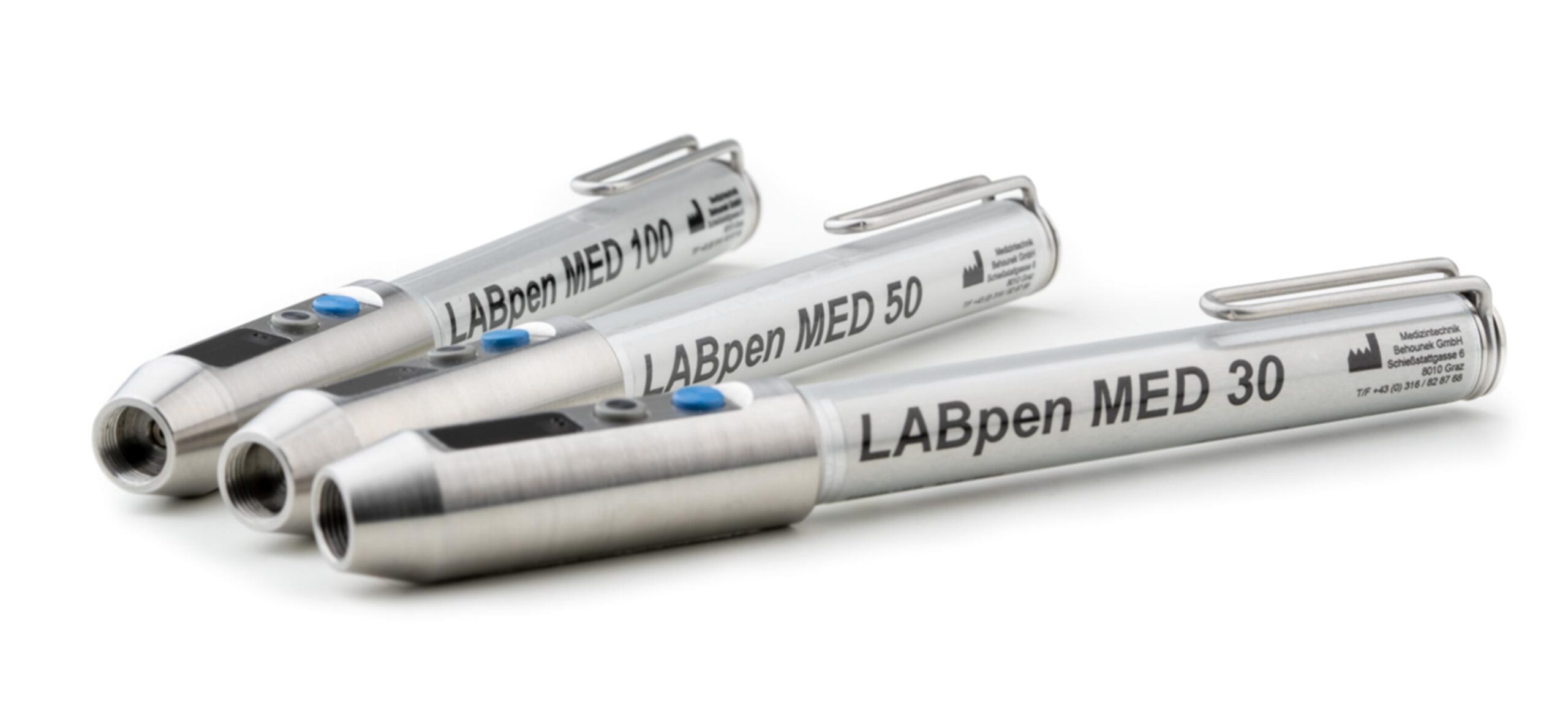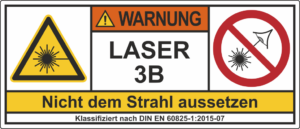
How it works – Operating Principles of Laser Therapy
Analgesic Effect
- Local pain sedation through anti-inflammatory effect.
- Activation of the broad, myelinated A pathways blocks the narrow pain pathways (A and C).
- Stimulation of ß-endorphin production.
Anti-Inflammatory and Anti-Oedematous Effects
- The laser light influences the natural defence mechanisms of the cells by stimulating phagocytosis.
Biostimulatory Effect – Stimulation of Tissue Metabolism
- The laser light stimulates the production of ATP in the mitochondria. The increased availability of ATP stimulates protein synthesis in the ribosomes, resulting in a greater healing effect.
- After laser irradiation, cell division increases. This leads to an increase in the growth rate of severed nerves, regeneration of blood vessels and faster wound healing.
Physical Action of the Laser Light
Sufficient penetration of the laser light into the tissue is required for the principles of action described above. This penetration depth depends on the energy density and wavelength of the laser light used.
Laser Acupuncture
Laser acupuncture is a coherence therapy in which the laser light acts on the electrically significant points of the skin – including the acupuncture points.
Laser acupuncture has a normalising and regulating effect. The same rules and regulations apply to laser acupuncture as to traditional acupuncture with needles. An exposure time of less than 30 seconds is sufficient for most acupuncture points.
Methods in which Laser Acupuncture is successfully used
- Symptomatic laser acupuncture on the locus dolendi (pain control) points
- Laser acupuncture of the acupuncture points of the skin to combat chronic and acute pain
Examples of the use of Laser Acupuncture
- Treatment of lower back pain
- Bronchial asthma in children

.

